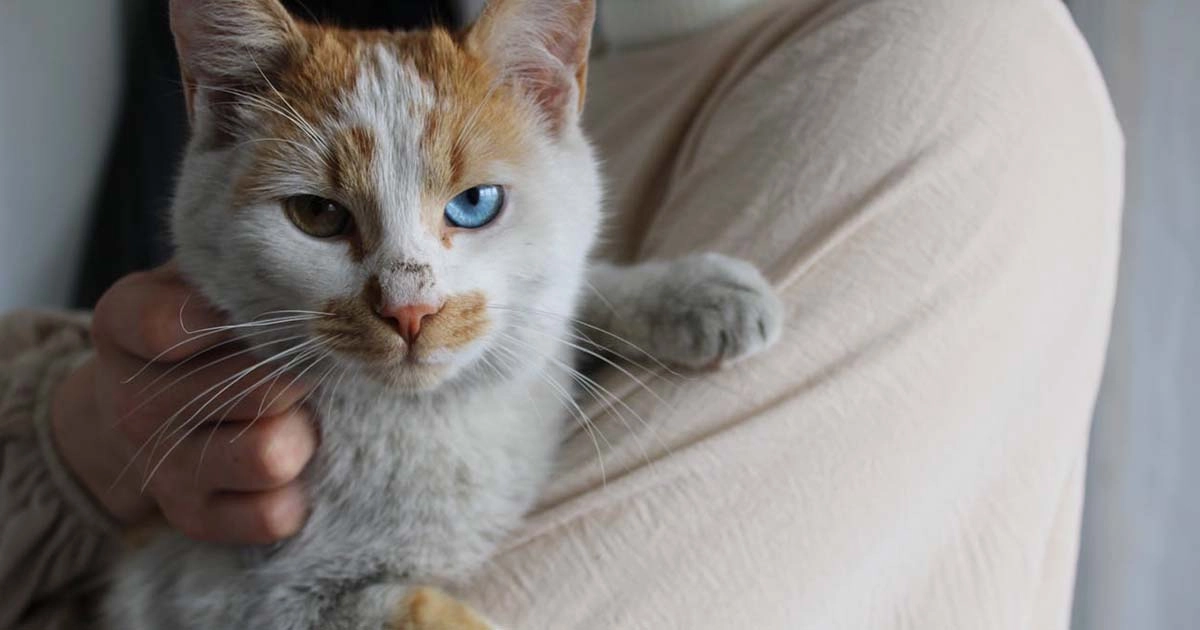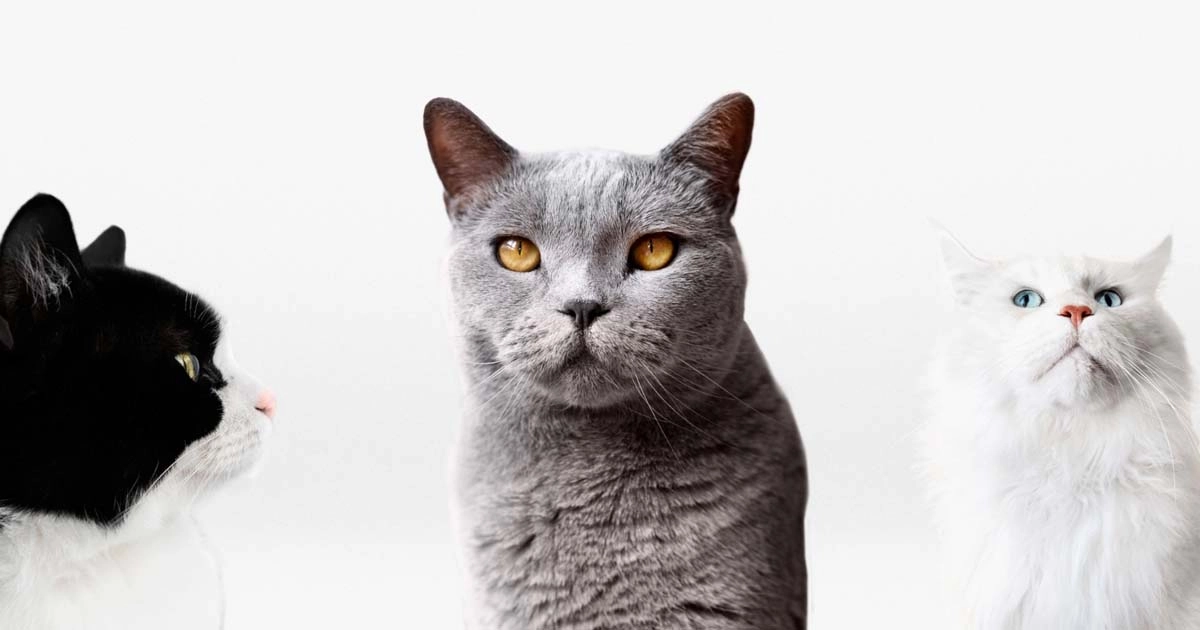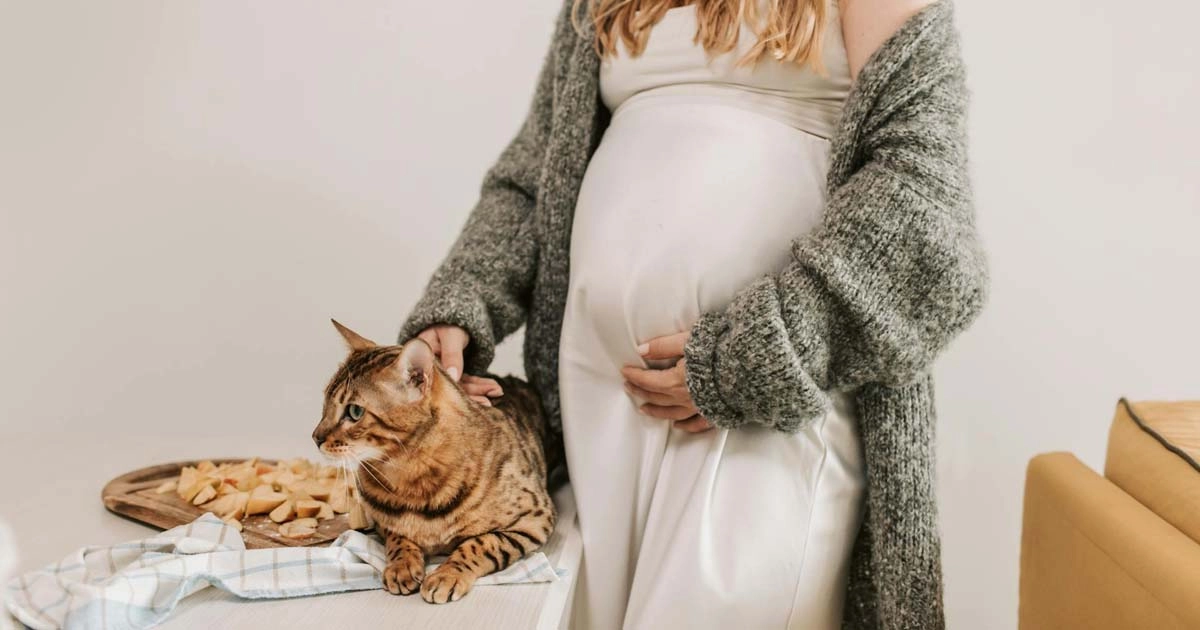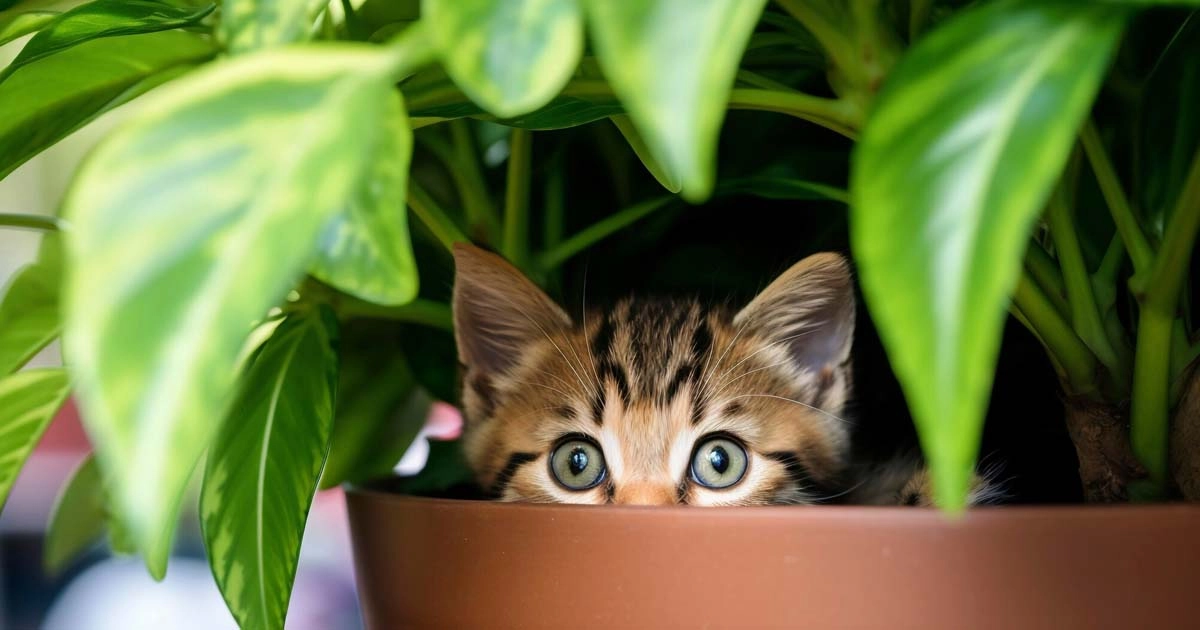Cat playtime: A vital element for feline well-being

Cat
07/11/2023

Playtime is vitally important to a cat’s mental and physical health, and it’s especially important for indoor cats. Even though cats may sleep up to 16 hours a day, when they’re awake, they need stimulation, and the best way to accomplish this is with play.
In the wild, when lions, tigers and other wild cats aren’t sleeping, they’re either hunting, or teaching their young to hunt. And play is nothing more than channeling your domestic tiger’s hunting instinct into play.
Cat exercise
Obesity is the number one health problem in cats. According to a recent survey, 55% of America’s cats are overweight or obese. In addition to feeding a species-appropriate raw or canned diet, exercise is the best way to keep your feline charges fit and trim.
Relief of boredom
Cats who don’t get challenged or entertained get bored, which can lead to depression. Boredom can be a problem especially for single cats. I learned this the hard way when Amber died shortly after I adopted Allegra as a 7-month-old kitten. We both learned together what it takes to keep a single cat happy.
Stress relief
You may wonder what our pampered house cats could possibly be stressed about. Feline stressors range from changes in their environment to picking up on stress from their humans. One of the best ways to counteract stress in cats is through regular playtime.
Help with behavioral challenges
Play helps cats burn off energy that might otherwise be used for behavior humans would consider less than desirable. If you watch Jackson Galaxy on My Cat from Hell, you will have noticed that “play therapy” is part of Jackson’s recommendations in almost every case he tackles.
Bonding time
Playing with interactive toys is a wonderful way to increase the bond between you and your cat. Cats playing with each other can help build the bond between cats in the same household.
Creative playtime for cats
Toys that simulate play and satisfy a cat’s innate hunting drive will be most effective for creating a fun play experience for your cat that also helps her burn off excess energy. Even though there are lots of cute little catnip filled toys on the market, simply placing one in front of your cat and hoping that she’ll play with it doesn’t work with most cats.
Interactive, fishing pole type toys
Interactive toys are the best way to get your cat playing with you, and to satisfy her hunt/prey instinct. Certified Cat Behaviorist Pam Johnson-Bennett provides wonderful advice on how to make all the right moves with interactive toys in her article on Interactive Play Therapy:
How you move the interactive toy is important. Don’t wave it around frantically just to give your cat an aerobic workout. That’s not how cats naturally hunt. Stick to what’s natural for your cat. In the wild, a cat would stalk her prey while staying as quiet and invisible as possible. She would inch closer and closer and then, when she gets within striking distance, she would pounce.
Cats don’t have the lung capacity to chase to exhaustion so don’t conduct marathons throughout the house. Move the toy like prey, alternating between fast and slow motions so it gives your cat time to plan her next move. Here’s a tip: movements that go away from or across your cat’s visual field will trigger her prey drive. Don’t dangle the toy in her face or move it toward her.
Puzzle toys
Interactive puzzle toys can be a great way to keep your cats entertained and mentally stimulated when you can’t play with them. The toys are designed to be filled with treats, and they challenge kitty to retrieve the treats through varied openings in the toys.
Rotate toys in and out
Don’t keep the same toys out in the same spot all the time – this will almost guarantee that your cats will get bored with them. Put some toys away for a week or two, and then bring them out again. Your cats will think they got a brand new toy. Of course, you don’t want to do this if your cat has a favorite toy that she plays with all the time.
I’ve turned my family room into a giant kitty playroom. There’s is no human furniture in the room, only cat trees, scratchers, and a ton of cat toys. Every once in a while, I’ll take some things away, bring out others, and rearrange everything to keep Allegra and Ruby interested.
Cat toys don’t need to be expensive
To a cat, almost everything can become a toy: grocery bags with the handles cut off, boxes, toilet paper rolls, milk carton tops, tissue paper – in a cat’s mind, these were all just made to be played with. Some cats enjoy chasing bubbles, or batting Q-tips around the bathtub. Think like a cat, and you may be surprised at the things you already have in your home that make the purr-fect cat toy.
Source: consciouscat.net











